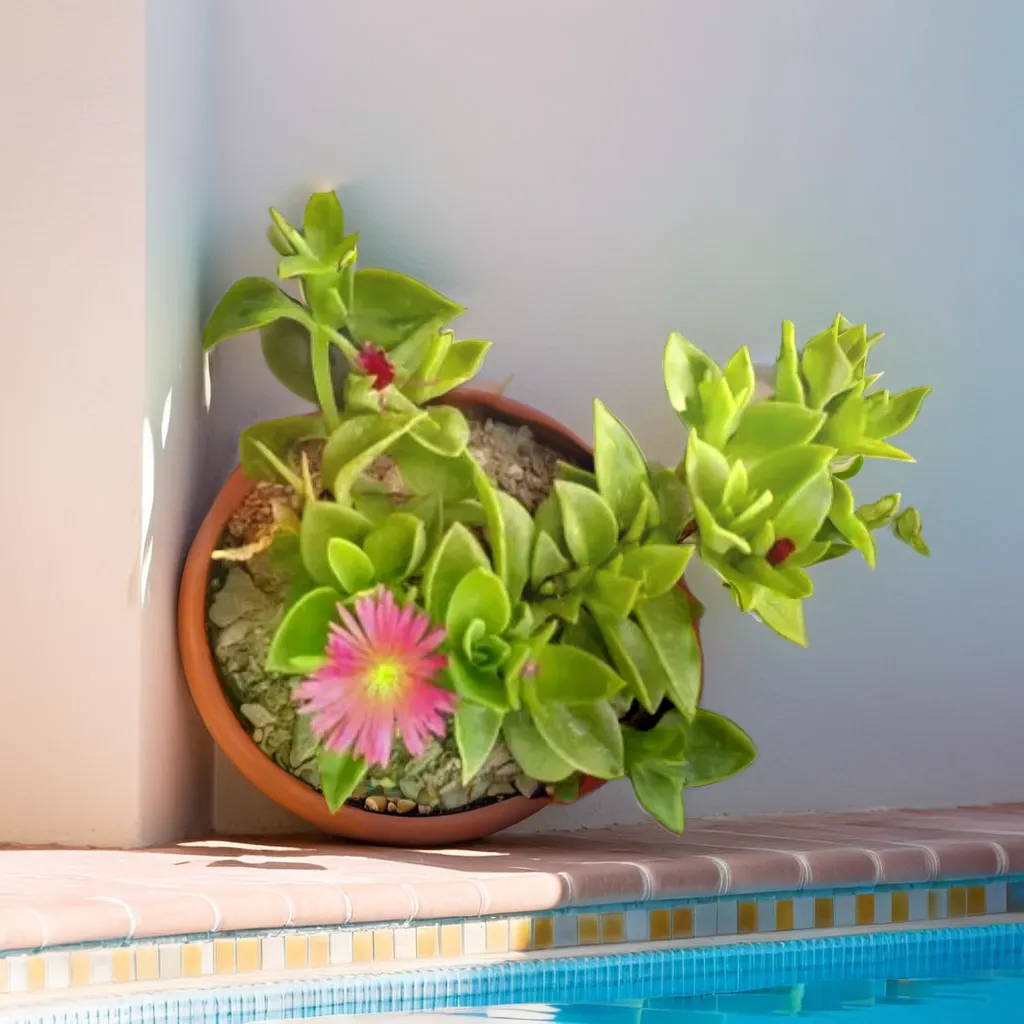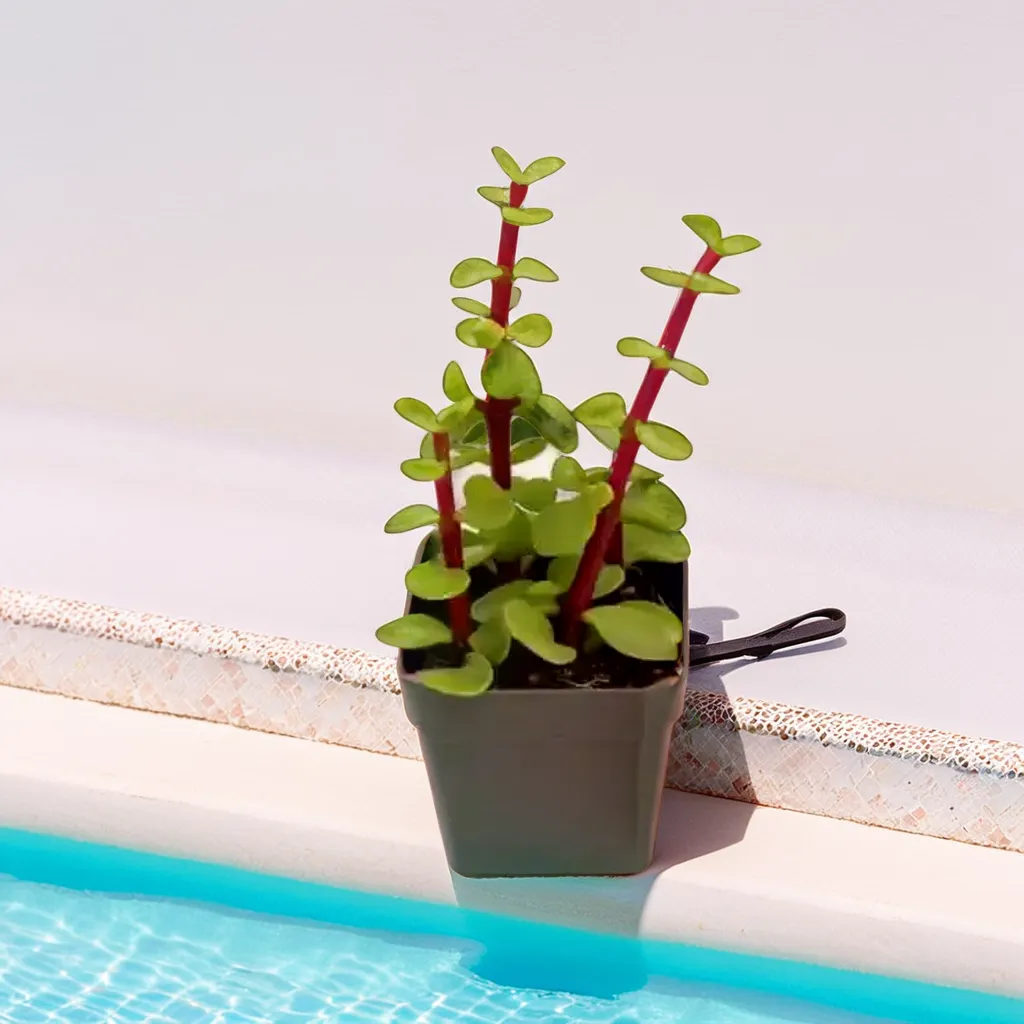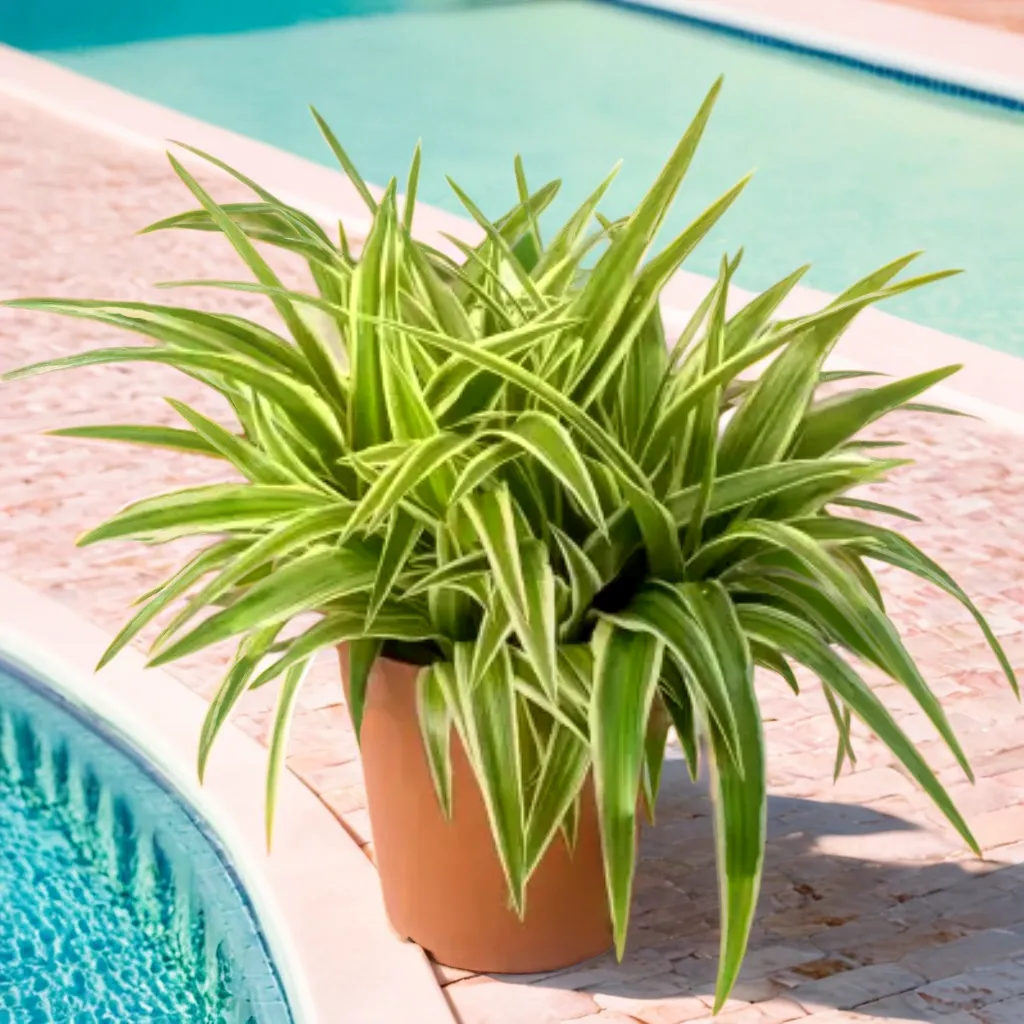Description
Red Echeveria are popular succulent plants that come in various colors, sizes, and shapes. Commonly known for their beautiful shapes like lotus .
Growing and caring for Red Echeveria :
- Light requirements: Echeverias thrive in bright, indirect light. Place them near a sunny window where they can receive at least 4-6 hours of sunlight per day. If growing indoors, provide artificial grow lights if natural light is insufficient.
- Temperature: Echeverias prefer moderate temperatures between 60-75°F (15-24°C). Protect them from extreme heat or cold, as it can damage the plant. They are generally not frost-tolerant and should be brought indoors or provided with frost protection during cold winter months.
- Watering: Water your Echeverias thoroughly when the soil has completely dried out. Allow the soil to dry between waterings to prevent overwatering, which can lead to root rot. Succulents are adapted to dry conditions and prefer to be underwatered rather than overwatered.
- Soil: Use well-draining soil specifically formulated for succulents or cacti. A mixture of regular potting soil, coarse sand, and perlite can also be used to improve drainage. Avoid heavy clay soils that retain moisture.
- Potting: Choose a pot with drainage holes to prevent waterlogging. Repot the plant only when necessary, typically every 1-2 years or when the current pot becomes too small. When repotting, gently remove the plant from its current pot, loosen the roots, and place it in a slightly larger pot with fresh soil.
- Fertilization: Echeverias have low nutritional needs. Feed them with a balanced, water-soluble succulent fertilizer during the growing season (spring and summer). Dilute the fertilizer to half the recommended strength and apply it once every 2-4 weeks. Avoid fertilizing during the dormant period in winter.
- Pruning: Remove any dead or withered leaves by gently pulling them away from the base of the plant. This helps maintain a tidy appearance and prevents the spread of diseases. You can also remove leggy or elongated stems to encourage a more compact growth habit.
- Propagation: Echeverias can be easily propagated through stem cuttings or leaf cuttings. Allow the cuttings to callous over for a day or two, then plant them in a well-draining soil mix. Keep the soil slightly moist until roots develop. Leaf cuttings can be placed directly on the soil surface, and new plants will sprout from the leaf.
- Pests and diseases: Echeverias are generally resistant to pests and diseases. However, they can occasionally suffer from mealybugs, aphids, or fungal issues. Inspect your plants regularly, and if you notice any pests or signs of disease, treat them with an appropriate organic pesticide or fungicide.
Remember to observe your Echeverias closely and adjust care according to their specific needs. With proper care, these beautiful succulents can thrive and bring joy to your indoor or outdoor garden.
You can also visit our store to buy succulents online , buy succulent planters, buy fertilizers online with various types of indoor plants and hardy succulents . You can refer to our informational site for more details of plant varieties .Click here for agricultural knowledge information .






